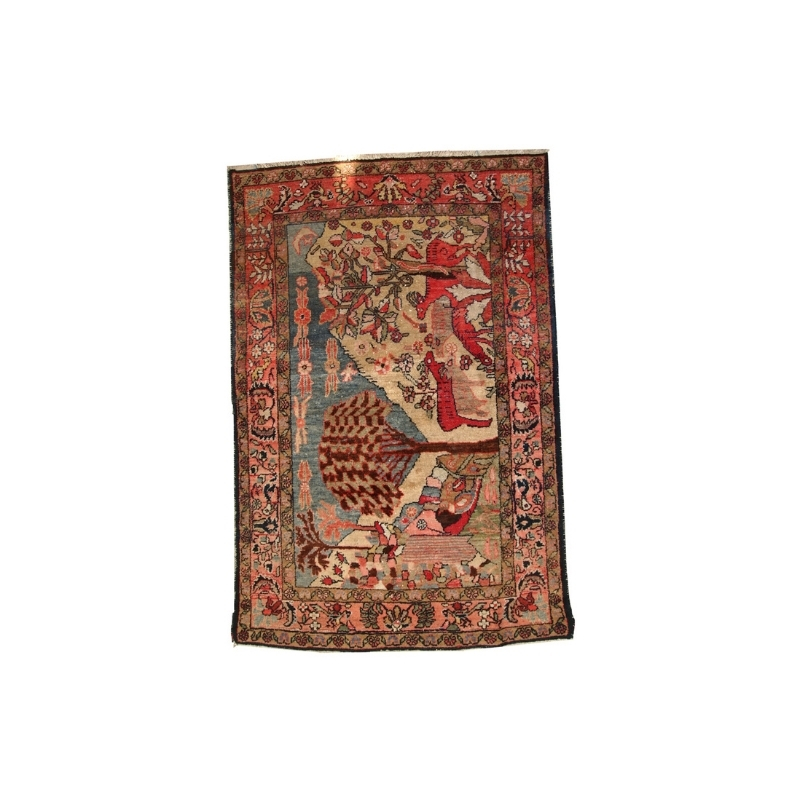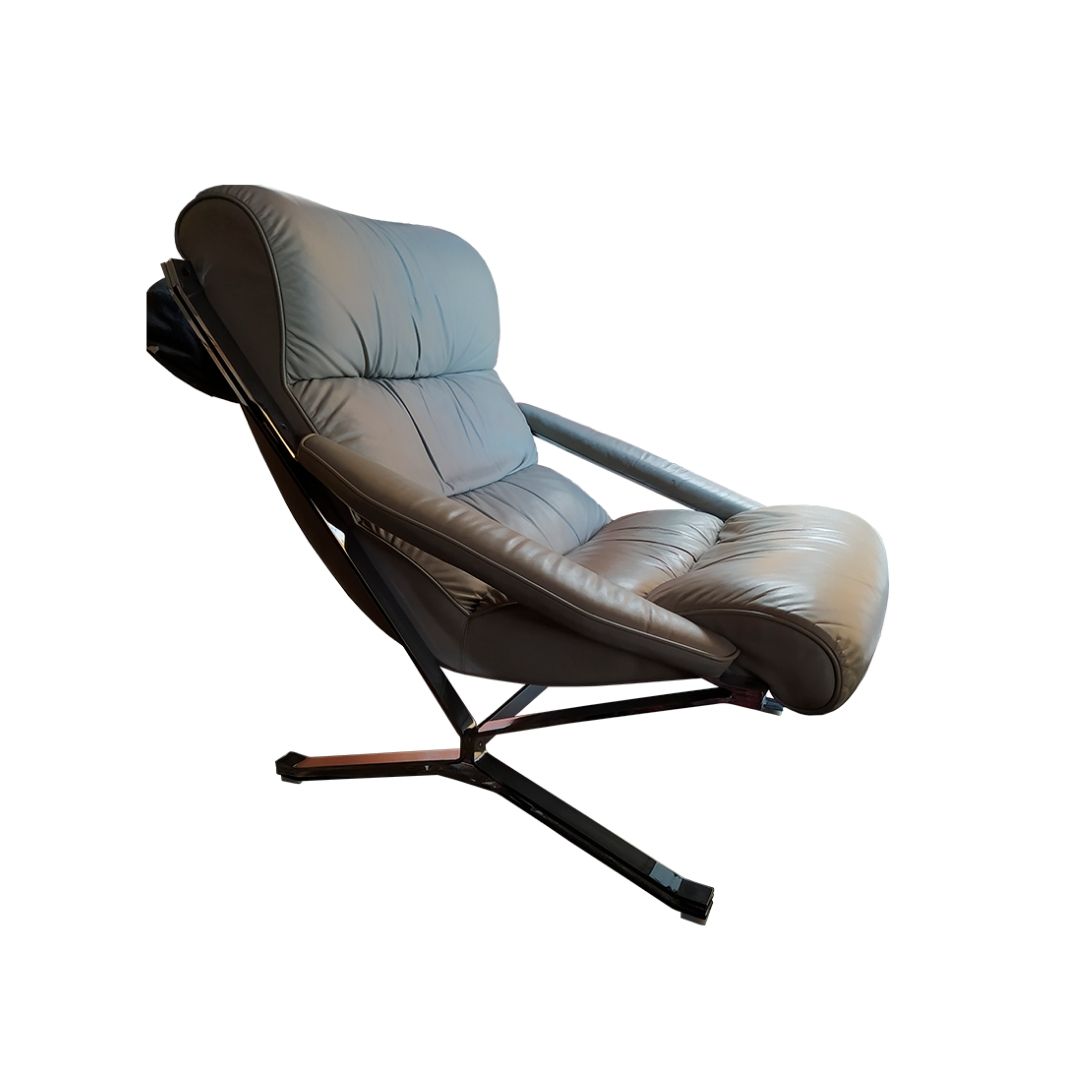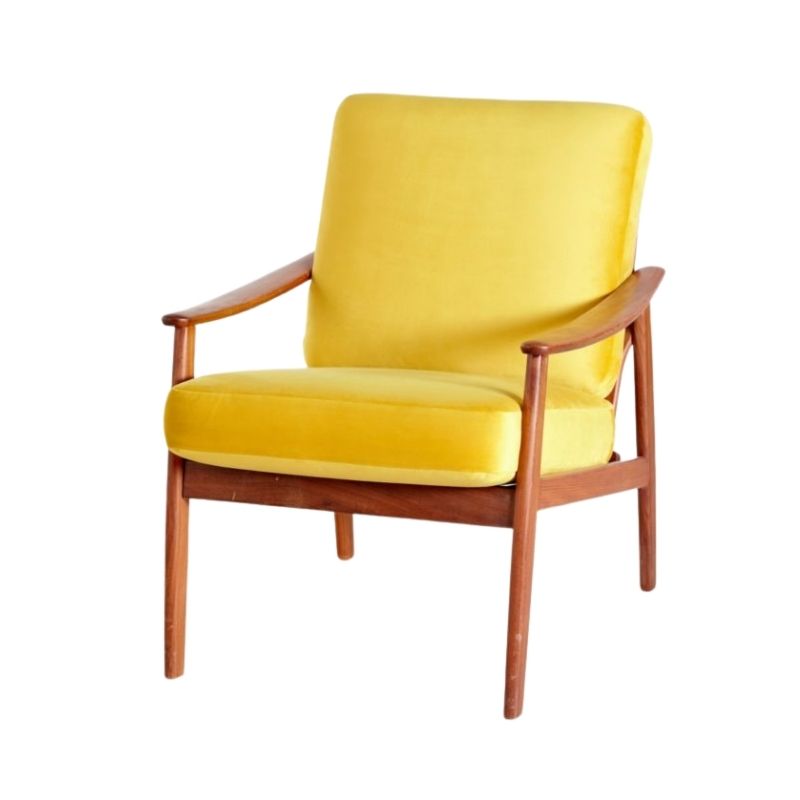Recently I acquired this 50's chair. On the bottom it has a stamp of the factory, Stian K. Hodnebo Mobelfabrik, Made in Norway. Does anybody has an idea about the designer? Also I need some advise on how to approach the recoloring of the woodwork. The joints are dried out, that's an easy repair, but the coloring worries me. I can't figure out if the wood was originally lacquered, or that the wood was waxed/oiled and just out of stain. The original upholstery is fine, so that's one worry less, so it's just the colour. I hope somebody can help me.
Peter Paul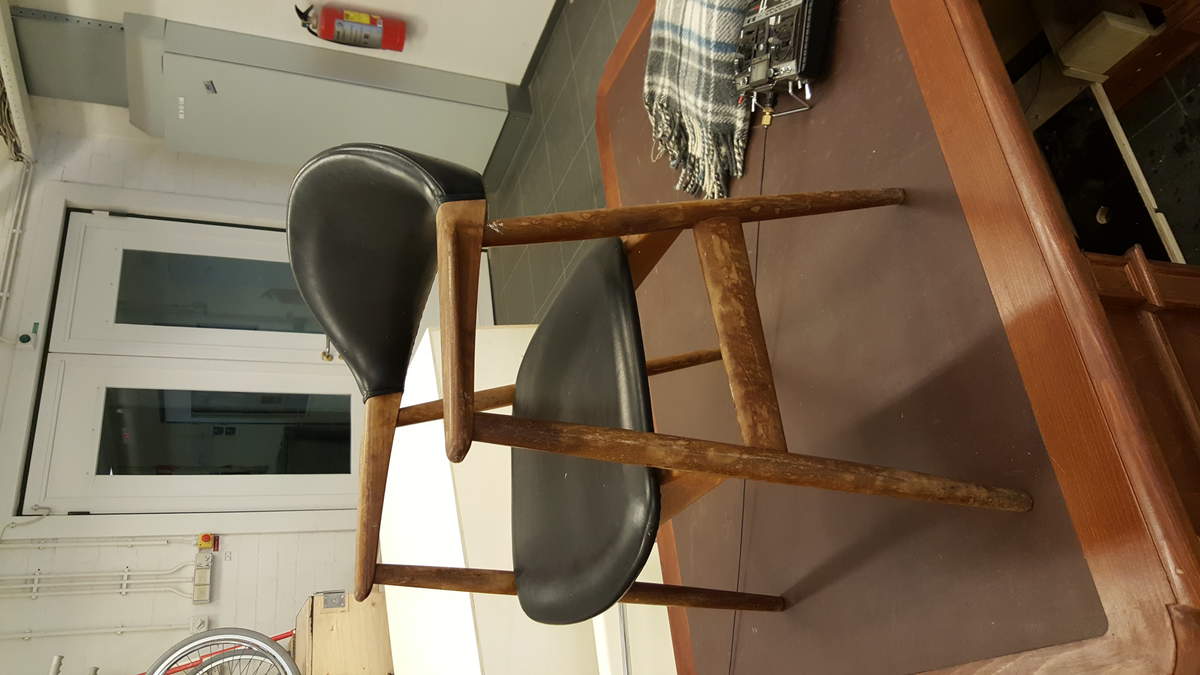
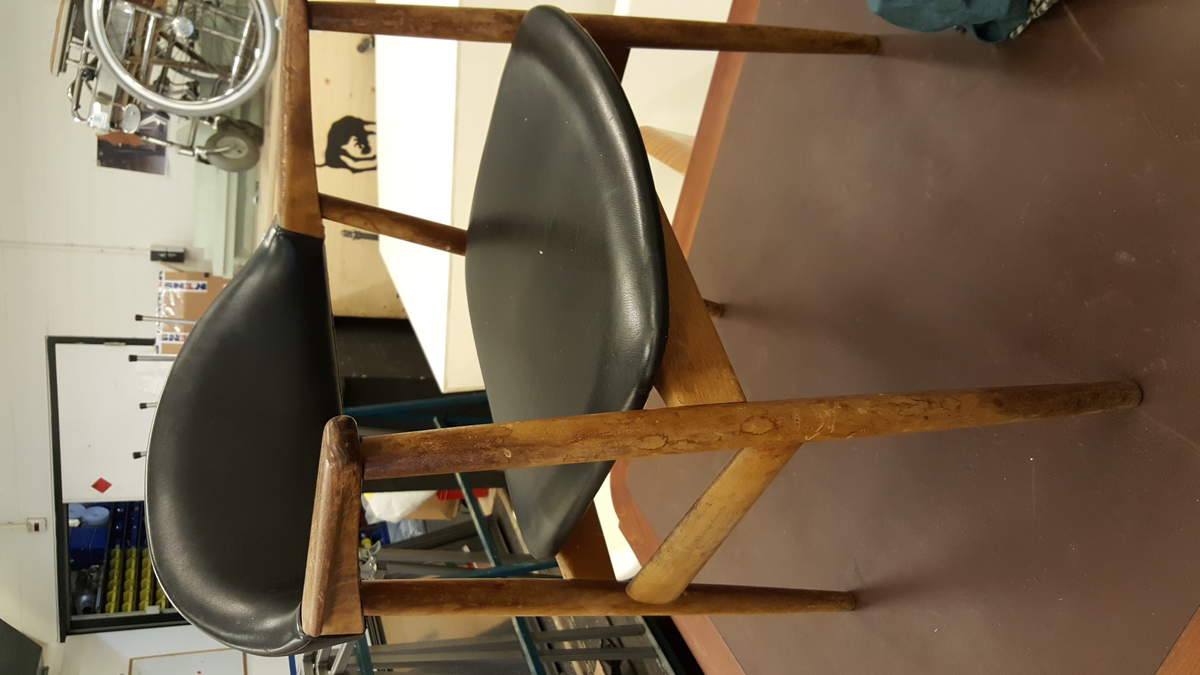 <img class="wpforoimg" src=" http://d1t1u890k7d3ys.cloudfront.net/cdn/farfuture/pjjGQVf5Okai00R
<img class="wpforoimg" src=" http://d1t1u890k7d3ys.cloudfront.net/cdn/farfuture/pjjGQVf5Okai00R
I'm not going to venture a guess about the designer because that's not my area at all. But I've done a lot of work on restoring oil finishes on teak, which is what that looks like to me. It looks like someone used a cleaning product or something that leeched the oil out of the wood. There may also be remnants of a lacquer finish but your photos aren't detailed enough to confirm that. I don't know if lacquer was ever used on old Norwegian teak---maybe, maybe not. I've seen it on a few Danish pieces but not many. It might also be varnished but I'm not sure how common that was on teak either.
Anyway, teak oil and #0000 will do amazing things to what looks like the most hopeless of cases. Below is a chair that I worked on recently. The owner bought it in this condition and had no idea what caused it. Amazingly, it took only cleaning with steel wool and teak oil to bring it back to about 90%, then another coat of teak oil in the worst spots. You can still see faint traces of the most bleached-out areas but they're pretty subtle. I did not use tinted oil and I didn't do any staining prior to oiling. I didn't use any solvents prior to oiling to even out the dry areas with the less dry areas. This is totally just from applying teak oil while buffing with steel wool.
If you need any help, please contact us at – info@designaddict.com



